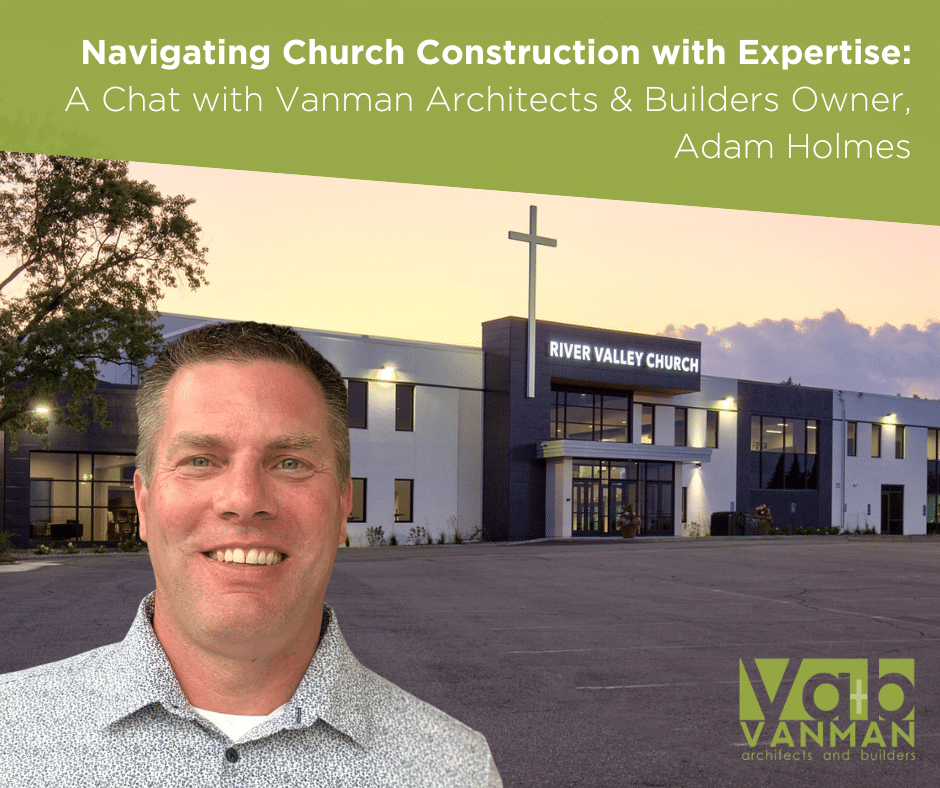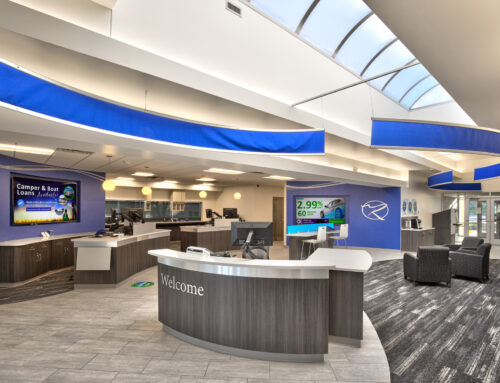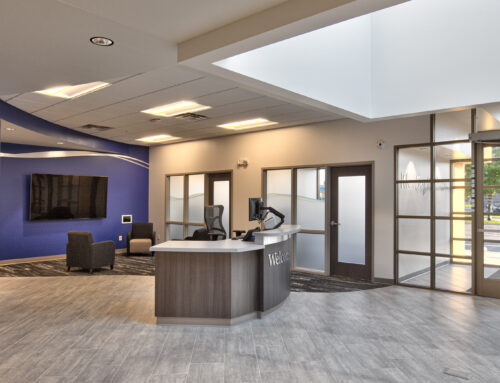Embarking on a construction project, especially for clergy members or church leaders unfamiliar with the process, can be a daunting task. Owner of Vanman Architects and Builders, Adam Holmes, provides valuable insights into navigating this journey, ensuring not just a successful build, but also a space that truly reflects the essence of the community it serves.
101 Advice for Church Leaders
For those venturing into construction for the first time, Holmes emphasizes the importance of introspection and resource optimization. “Look within your existing walls,” he advises, “and repurpose what you already have if you can.” This approach resonates with the ethos of sustainability and community stewardship. He also stresses the significance of understanding the needs of the congregation, including the incorporation of multifunctional spaces to facilitate diverse activities such as a preschool, community events, and more.
Another piece of advice you should always adhere to when starting a religious building project is to elect the right professionals for the job. “If you’re going to build a church or place of worship, hire an architect that specializes in religious architecture,” says Holmes. “This ensures that the unique flow and function of churches are honored, ultimately saving you both time and resources.” Trust and communication are paramount throughout the process, with Holmes advocating for open dialogue and active listening as well.
Balancing Diverse Perspectives in Your Church Community
Vanman Architects recognizes the delicate balance required in marrying functional requirements with spiritual and aesthetic elements. Holmes underscores the diversity within denominations, acknowledging varying leadership structures and perspectives on design. That said, the success of a church construction project often lies within the building committee that the church puts together. This committee is essential in representing the diverse voices of the congregation, ensuring that every aspect of the project aligns with the community’s values and needs. A clear understanding of each member’s role—whether it’s financial oversight, logistical planning, or maintaining the spiritual and aesthetic vision—is an important piece of the puzzle. To navigate these nuances, Vanman Architects and Builders adopts a collaborative approach, engaging church members across generations and roles.
This collective effort not only fosters a sense of ownership among the congregation but also facilitates smooth communication and effective decision-making throughout the construction process, leading to a final product that truly embodies the church’s mission and vision.
“Pick people who love your church,” Holmes suggests, emphasizing the importance of representation from different segments of the congregation. Town hall meetings serve as platforms for expression and consensus-building, ensuring that the final design resonates with the community it serves. Vanman Architects and Builders can work with your community to coordinate and facilitate these gatherings when necessary.
Overcoming Common Challenges
Throughout the construction process, churches often grapple with challenges stemming from differing worship styles and logistical complexities. In the interview, Holmes continued to emphasize the centrality of communication and transparency in addressing these issues. “Active listening is key when it comes to satisfying all sides of the equation.” In addition, Vanman Architects and Builders employs innovative tools, such as project-specific websites, to streamline communication and provide stakeholders with real-time updates.
By fostering a culture of collaboration and inclusivity, Vanman empowers clients and congregations to navigate these challenges effectively, fostering a sense of ownership and pride in the final outcome.
Sustainability and Energy Efficiency
In an era increasingly defined by environmental consciousness, Vanman Architects and Builders places a strong emphasis on sustainability and energy efficiency in its projects. Holmes underscores the importance of leveraging existing infrastructure to minimize the carbon footprint of new constructions or renovations. Through meticulous planning and strategic investments in technologies such as solar panels and geothermal systems, Vanman aims to not only reduce operational costs but also uphold its commitment to environmental stewardship. “Ultimately, we help our clients crunch the numbers to determine which solution makes the most sense for them, and when that solution would start paying for itself.”
Furthermore, Holmes highlights the availability of state grants for sustainability initiatives, underscoring Vanman’s commitment to supporting clients in accessing these resources and maximizing their impact.
Ultimately, Vanman Architects and Builders partners with clients to deliver church construction projects rooted in collaboration, communication, sustainability, and community-centric design. With a focus on the mission of each individual church and by understanding the church’s strategic and worship goals, Vanman continues to redefine the intersection of architecture and spirituality, creating spaces that inspire and uplift congregations for generations to come while also making a difference in their communities.





